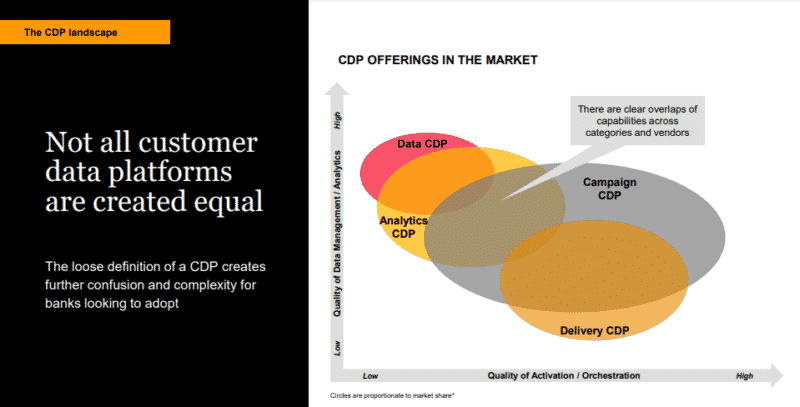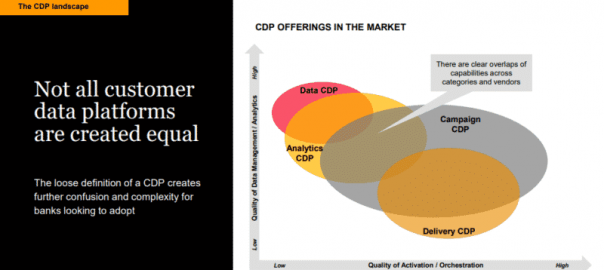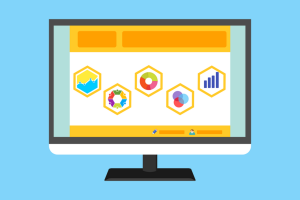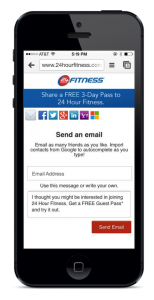Here are the top benefits and capabilities professional services network PwC sees in CDPs.
One of the biggest challenges brands face is disorganized customer data. With so many channels, devices, and demographic segments, it’s easy for marketers to lose track of consumer information. Not to mention the complete change in customer needs due to the COVID-19 pandemic.
Molly Early, Director of Marketing Data Analytics at PwC, cited her organization’s study of US consumers in her recent MarTech session: “The survey revealed that, financially, the pandemic has further polarized the ‘haves’ versus the ‘have nots,’ creating a stark change among consumer segments and individual households. This is really reinforcing the need for marketers to evolve the way they anticipate and act on customer needs and expectations.”
She added, “COVID-19 also set in motion lasting impacts on digital acceleration and adoption, altering the channels and touchpoints that brands have available to engage with their customers and potential prospects.”
Fortunately, customer data platforms can thrive in situations such as these. Their capabilities can help marketers analyze and act on customer data across multiple devices, channels, and platforms.
Here are some of the main functionalities of CDPs that marketers can take advantage of.
1. Connected customer data
Good, clean data is the foundation of any successful marketing campaign. CDPs seek to connect this data by bridging gaps between profiles and offering a unified view.
“Customer data platforms represent the new value equation for your customer knowledge,” said Early. “They promise to bring together all your brand’s different data sources across all your silos into one holistic view, aggregating these high volumes and turning them into accessible profiles that you can decision off of in real-time.”
2. Data-driven customer segmentation
CDPs take the guesswork out of audience building. Instead of arbitrarily dividing customers into audiences, marketers can use these platforms to craft segments based on actionable data.
“You can deploy this data into AI and analytics models,” said Early, “and really target more precisely those customized experiences.”
She added, “CDPs also ensure that your brand has the feedback loops that you need to track, measure, and ultimately optimize the way that you test and learn to drive higher revenue and lower your interaction costs.”
3. Personalized campaigns
“With a CDP, brands can look to move away from that classic batch and blast campaign style of the past and into more contextually triggered cross channel prompts that really target individual consumers based on their needs.”
Using unified data and relevant segments, CDPs can allow marketers to offer more personalization to their customers. This increases the likelihood of campaign success.
Top benefits to look for in a CDP
One challenge for brands is knowing which CDP will perform well for them, said Brian Morris, Marketing Data and Analytics Leader at PwC, in the same presentation. “What are some of these capabilities that you should be thinking about as you’re starting to investigate down this path of CDPs?”

Morris outlined six unique functions of CDPs, noting that not all offerings have the same capabilities:
- Customer behavior: Tracking customer activities across channels through their journey;
- Customer data management: Aggregating online and offline customer data into a unified database;
- Identity resolution: Identifying online customers and matching them to relevant offline data;
- Customer analytics: Running AI and machine learning models based on collected data;
- Real-time activation: Activating models to create segmented audiences;
- Audience orchestration: Orchestrating customer journeys across platforms.
Not all CDPs will work well with your campaigns, so look for those whose positive attributes match your specific goals. Choosing a fitting option often comes down to your brand’s available use cases.
“It comes down to the right use case,” said Morris. “That’s what you really want to look at.”
He added, “Getting very specific and working with your team on exactly what the outcomes are going to be is critical.”
The post What are the benefits of customer data platforms? appeared first on MarTech.
(151)
Report Post








